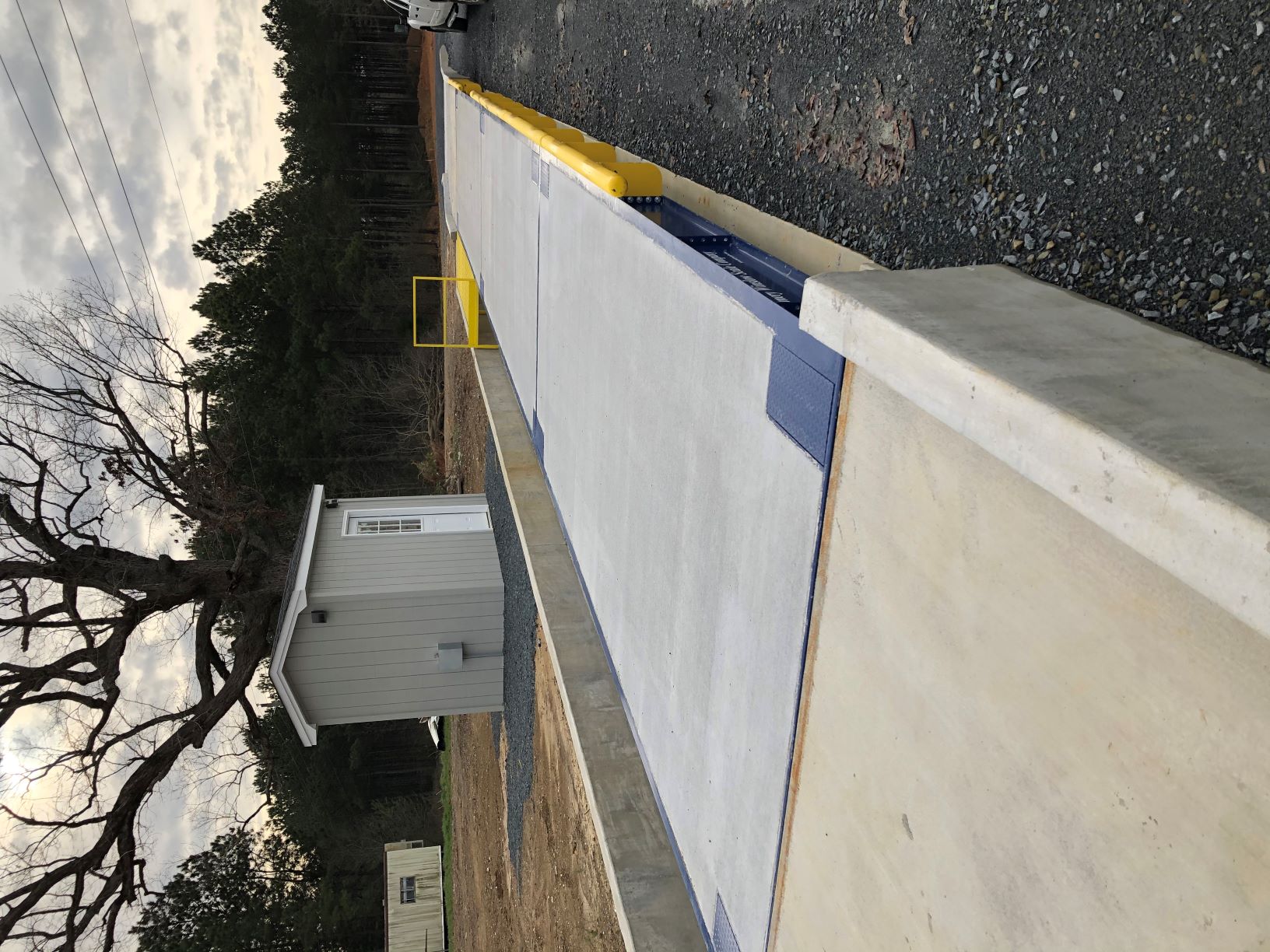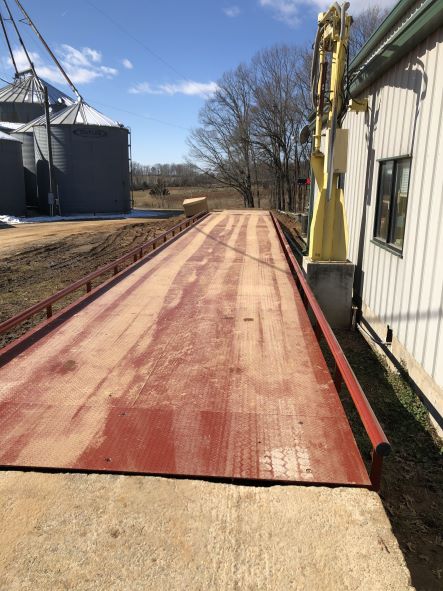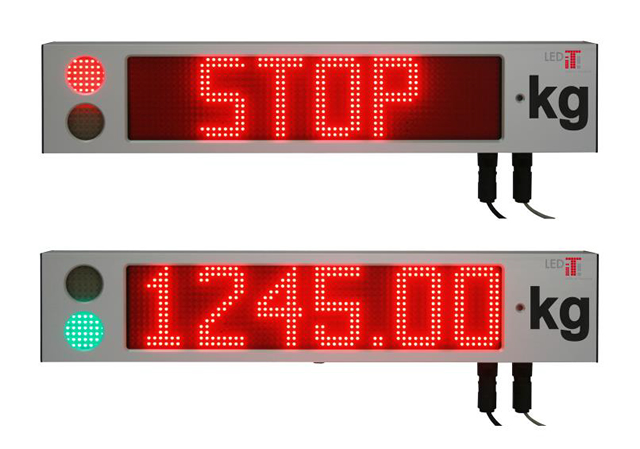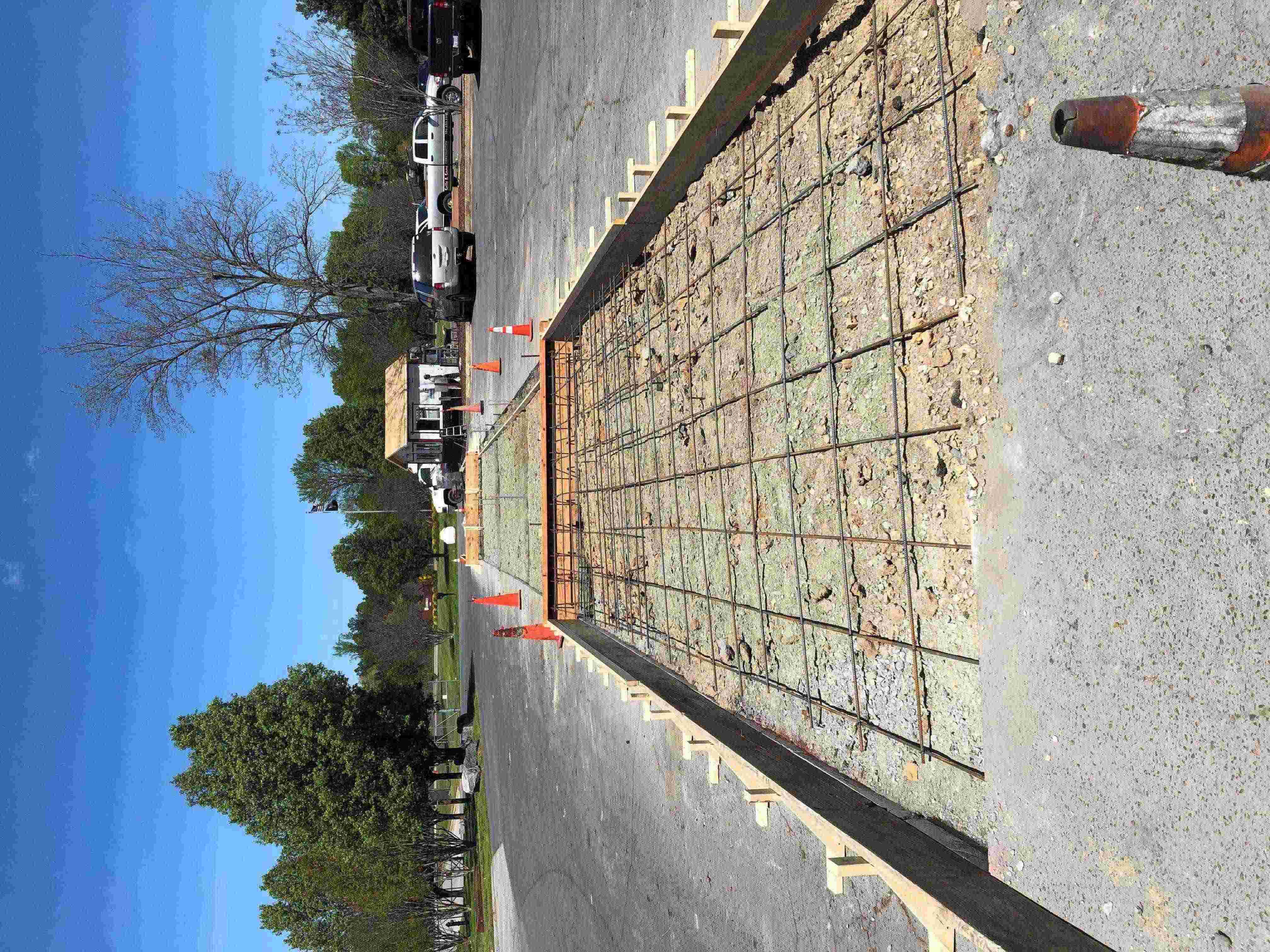One of the first questions truck scale buyers often ask about is the size of the truck scale. When it comes to the size of a truck scale there are two dimensions to consider; length and width. The length of the scale is the longer portion of the scale and runs parallel if you were to drive down the truck scale platform. The width is the shorter length and runs perpendicular to the direction you would drive. Let’s look at each dimension separately as they each have specific considerations.
Truck Scale Length:
The length of a truck scale is vital to ensure accurate weighments. This is because you need to make sure the entire vehicle or truck fits onto the scale. For example, if you have a 50 ft scale but the tractor-trailer you are weighing is 60 ft long it would not work. You could split weigh the truck; however, these weighments are not fully accurate nor Legal-For-Trade. So, a good starting point is to know what length the longest truck you would weigh is. Then make sure you buy a scale at least the length. Another scenario to consider is if you will be loading or filling trucks while they are on the scale. For example, at an asphalt plant. For these one needs to consider where the silos that are filling the trucks are placed. You may only be filling 35ft dump trucks but if you have 5 silos you are loading from you may need an 80 ft or 100 ft truck scale.
The standard length in the industry for a truck scale is 70 ft. Some manufacturers offer 72 ft scales as a competitive advantage. A 70 ft scale will work for 75% of weighing applications and projects. If you are not sure what length you need a great start place is a 70 ft scale.
Truck Scale Width:
The width of a truck scale is often less discussed than the length. Although less discussed, the width is still vital to your truck scale purchase. The width of the scale is important for two factors 1) safety 2) wide vehicles. In terms of safety, the wider the better. Too often we see truck drivers run off the side of a truck scale or hit the guard rails. In these cases, the wider the scale the better as it provides more of a buffer for a driver to maneuver his truck on the scale. The second is wide-vehicles. In certain industries such as agriculture, wide-vehicles need to use the scales. For example, a fertilizer spreader truck with a width of up to 13 ft. This means you need to purchase a scale that is wide enough to fit these vehicles.
The standard width in the truck scale industry is 11 ft wide. That being said 90% of truck scale widths are between 10ft and 12ft wide. One thing to consider is that wider scales cost more in freight to have delivered. This is due to the wide-load permits and escort vehicles required. Once you go over 14ft often times that scale deck is split into two pieces and bolted together on-site since 14ft+ wide is hard to transport.
Bottom-line, make sure you consider all the factors when deciding on the length and width of your truck scale. With proper planning you can make sure your truck scale will meet all your weighing needs.





